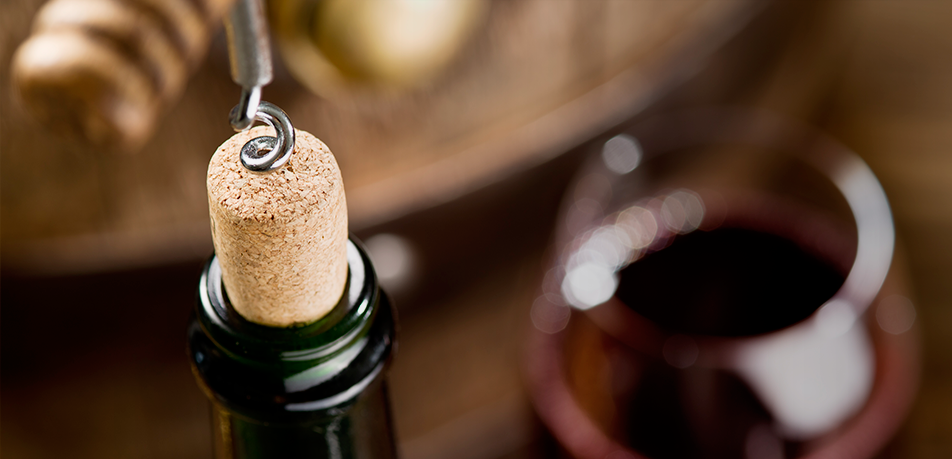To drink the wine now or let it age?

When it comes to time management and the evolution of wine, it should be emphasized that every bottle brought to market is meant to be drunk and enjoyed at that very moment. We know that not all wines are made to be cellared for a long time, and that most have a rather limited aging potential.
Even so, whenever a great wine arrives on the scene, one of the most common questions is how long it can be stored.
Wine contains acids, alcohol and sugar, which have acted as preservatives throughout time. We also need to add tannins to the equation, thus completing the four factors that give us an idea of a wine's aging potential.
Generally speaking, the more of the four above-mentioned factors a wine contains, the more ageworthy it is—but in my opinion, one aspect outweighs all others: acidity. Here we’re not talking about the amount of acidity, but its strength, that is to say the wine's pH.
Several factors influence the strength or degree of acidity: vintage characteristics, viticulture, variety, soil type, etc. For example, if we take a wine from a warm climate region (Priorat) and add a warm year (2003) to the mix then we might already be seeing a decline in its evolution regardless of the amount of alcohol and tannins.
By contrast, a slightly colder vintage (2004) will initially make the wine seem somewhat hard due to the combination of high acidity and tannins. However, we might find that these bottles are still bright and lively as a result.
By applying a viticultural approach that respects the soil and vine, and foregoes over-production, the raw material will display much better sugar and acidity levels than if the vine is forced to produce beyond its capacity.
This allows us to obtain more balanced and ageworthy wines.
What is of utmost importance is that the grape variety be well suited to the geo-climatic characteristics of the vineyard and, it goes without saying, the desired style of wine.
Certain varieties produce a good amount of tannins, like Cabernet Sauvignon for example, which usually results in wines that do well with aging. Other varieties, like Pinot Noir, can offer a decent cellaring potential thanks to good solid acidity, despite having less structure and pigment.
In terms of soil—with site and vintage conditions being equal—calcareous ones will yield fresher wines than, for example, sandy clay.
This list could turn endless, possibly tedious, because we haven't even discussed the influence of winemaking methods or conservation yet, but I encourage you to do a fun test: cellar several vintages of the same wine and then taste them together, comparing the vintages to get an idea of how differently the wine evolved from one year to the next depending on climate conditions. This is what we call a vertical wine tasting.
You might not come to any definitive conclusions, but it will definitely add to your enjoyment and knowledge of wine. I give you my word as a sommelier.
J.A.Colet
Sommelier and facilitator.
